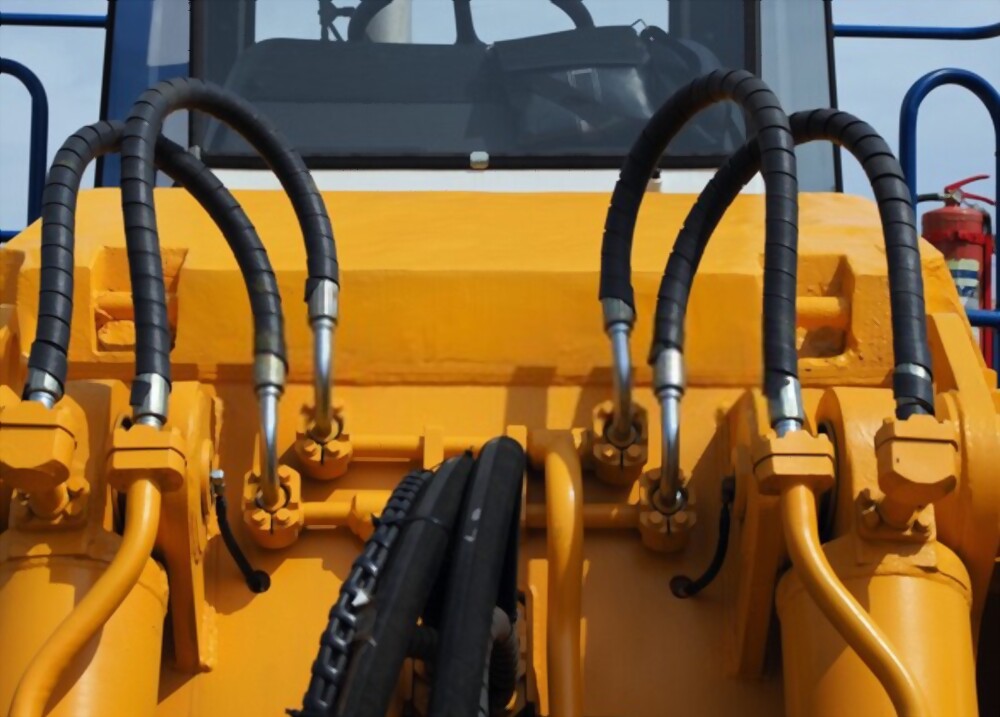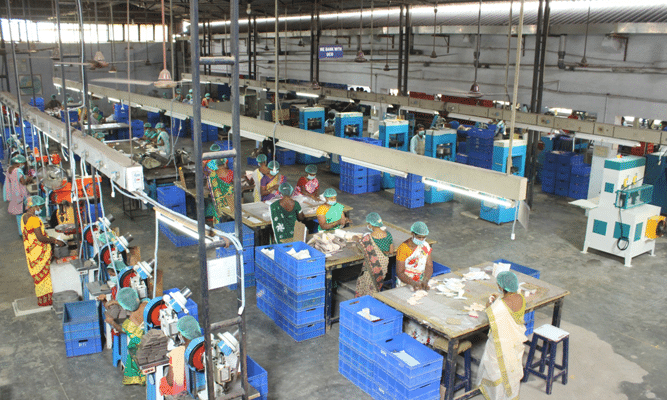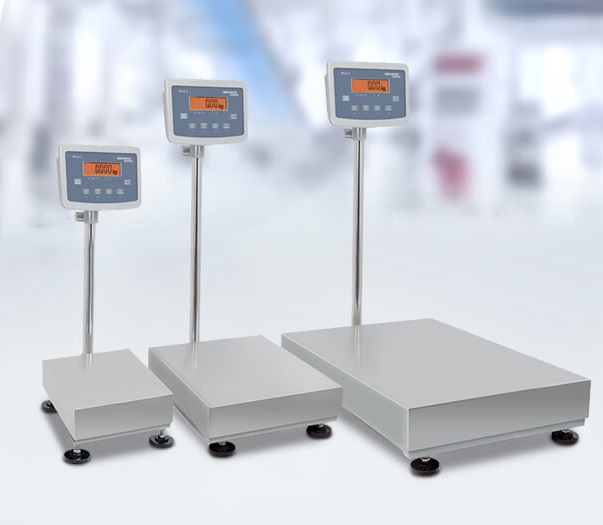Hydraulic system is used in everything from construction machines to commercial aircraft. Each hydraulic system differs slightly from others, but all have five essential components that work together to create motion.
These five components are the pumps, valves, actuators, hoses, and reservoir. Understanding them all is important to make sure your system works correctly.
Pump
A hydraulic pump delivers a high level of pressure to actuators, which convert fluid power into mechanical energy. This is a critical aspect of every hydraulic system.
If a system requires more flow than the pump can provide, the pressure compensator is used to control fluid flow. The pressure compensator is a spool valve that moves to admit fluid from the pump outlet against the yoke actuator piston at cracking pressure.
Another important factor that affects a hydraulic pump’s performance is the type of fluid it uses. Different types of fluids have varying characteristics, including viscosity, concentration, temperature, and capacity.
A good understanding of the fluid you use and how it performs in your hydraulic system is essential to getting the best performance from your hydraulic pump. The correct hydraulic fluid will help you get better results from your equipment, improve your productivity, and ensure the longevity of your hydraulic system.
Valve
Valves, tanks and pumps are the heart of many industrial and commercial hydraulic systems. Understanding the basics of these components and how they work together is essential for maximizing productivity and reducing downtime as well as ensuring longevity of your hydraulic system.
A valve is a device that allows fluids to pass through it in one direction or another, or to block the flow.
Most valves have two operating positions: either fully open or completely closed.
There are several types of valves, but the most common are the globe, gate, needle, plug (cock), butterfly and poppet. This is because they contain a port that varies its area to control the fluid flow, or by changing the distance between ports.In order to determine the right valve for your application, you must first consider sizing and design.
The size of the adapter can also influence the valve’s operating range. For instance, stainless steel is a popular material for industrial hydraulic valves because it resists corrosion and keeps the valve’s operating temperature low. This is important when you are dealing with corrosive liquids such as oil or gas that can be hazardous to the environment.
Click here to read more: https://www.swseal.com/Hydraulic-System-Components
Actuator
An actuator is the part of a hydraulic system that converts energy into mechanical force to move or control other components in the system. Its function is to respond to a control signal that is received from a control device, such as a valve. The source of this energy is either electrical voltage or current, pneumatic pressure or hydraulic fluid pressure.
The type of energy the actuator uses is a major factor in its design. Pneumatic actuators use compressed air, electric actuators use electricity, and hydraulic actuators use liquid forces from a pressurized fluid.
Depending on the type of energy, the actuator can produce a specific motion or movement, which can be rotary, linear, oscillating or both. This movement is generally a controlled, precise one.
To make an actuator perform its desired function, it needs a control device, which receives a signal to move or change a component in a system, and a power source. The energy source can be an electric current or hydraulic fluid pressure, or even human power.
A spool valve is a key component of this system. It controls the rate of flow in a cylinder, which is useful in high-pressure circuits such as the punching circuit in a servo press or the hydraulic system in an excavator.
Reservoir
The reservoir is the hydraulic system’s storage area and also plays a key fluid conditioning role.
A conventional reservoir is a tall, square tank with the electric motor and pump positioned above the tank cover. This design allows for reduced space requirements and eliminates the suction lift required on the pump.
In addition, a conventional reservoir provides unlimited service access to the hydraulic pump and motor assembly. This makes it easy to maintain and replace the components when necessary.
Some reservoirs also have a drain port at the bottom of the reservoir to help keep the system clean during maintenance.
A reservoir’s size is determined by the time that it needs to dwell with the fluid, which dictates its capacity. Larger reservoirs give the system more time to absorb and separate entrained air. This buffer time is especially important if the fluid returns from a hydraulic cylinder.
A good reservoir design is one that offers a baffle plate separating the suction and return sides of the reservoir. This configuration helps prevent rivering and nearly guarantees that aeration will settle to the top of the return side instead of flowing into the pump suction.
Thanks for visiting blognewshub



